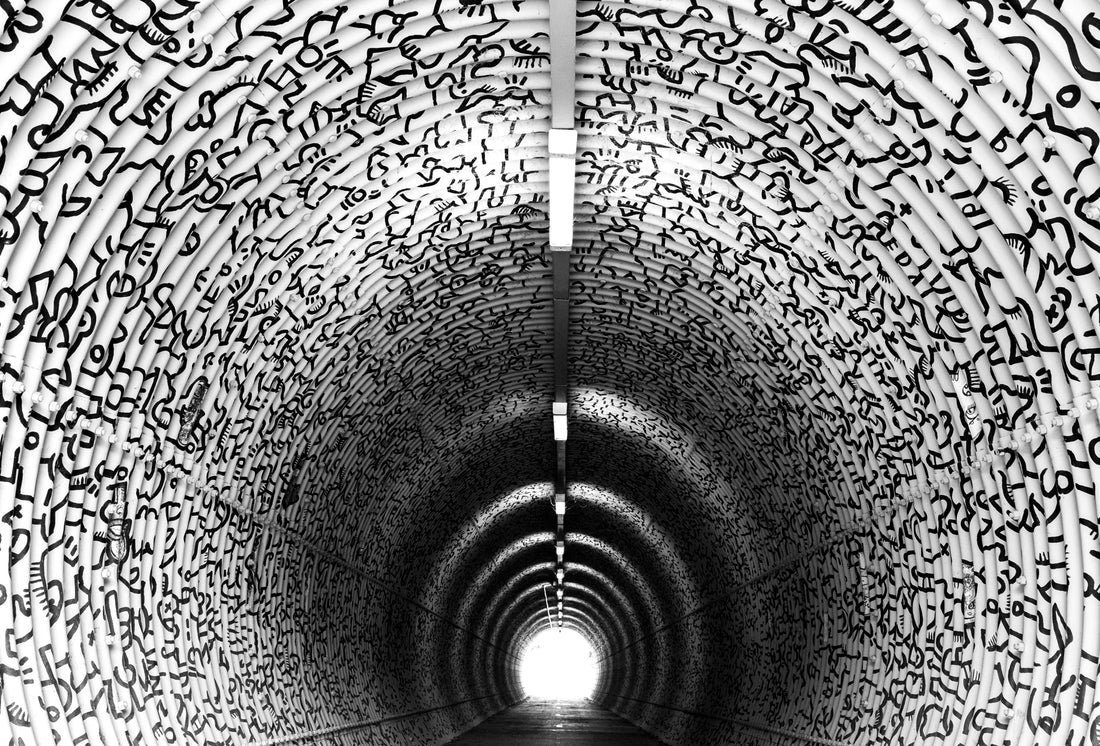Near-death experiences (NDEs) have fascinated and puzzled people for centuries. While some view these experiences as profound spiritual encounters, others seek scientific explanations grounded in neurological processes. This article aims to provide a balanced exploration of NDEs, considering both the scientific research and the personal accounts of those who have lived through them.
What Are Near-Death Experiences? Near-death experiences are profound events reported by individuals who have come close to death or have been declared clinically dead but subsequently revived. Common elements of NDEs include sensations of floating above one’s body, moving through a tunnel, encountering a bright light, and feelings of peace or joy.
Scientific Perspectives on Near-Death Experiences: Scientists have long sought to understand NDEs through the lens of biology and neuroscience. Research suggests that NDEs may be linked to specific brain functions, particularly those that occur during times of extreme stress or lack of oxygen.
Neurological Explanations: Some studies suggest that NDEs could result from the brain’s response to life-threatening situations. Dr. Kevin Nelson, a neurologist, posits that NDEs might be related to the brain’s REM (rapid eye movement) state intruding into wakefulness: "The dying brain is actively trying to make sense of the experiences, and REM states can produce vivid, dream-like sensations."
Chemical Responses: Another theory is that NDEs are caused by a surge of chemicals in the brain, such as endorphins or neurotransmitters, which create sensations of euphoria or out-of-body experiences. Dr. Sam Parnia, a critical care physician and researcher, notes: "We know that when the heart stops, there’s a cascade of physiological events that can influence brain function and perception."
Experiential Accounts of Near-Death Experiences: While science offers one perspective, the personal stories of those who have experienced NDEs provide another dimension. Many who have undergone these experiences describe them as transformative, often leading to a renewed sense of purpose or spiritual awakening.
Transformation and Meaning: Anita Moorjani, a well-known NDE survivor, shares her experience of feeling an overwhelming sense of love and clarity: "I was engulfed in unconditional love and realised that my body was only a small part of who I am." For many like Moorjani, the NDE serves as a turning point, fostering a deeper understanding of life and death.
Consistency Across Cultures: Interestingly, NDEs often share similar themes across different cultures and religions. This has led some researchers to consider whether there might be a universal aspect to these experiences that transcends individual beliefs.
Balancing Science and Experience: The ongoing debate between scientific explanations and personal accounts of NDEs highlights the complexity of this phenomenon. While some dismiss NDEs as purely biological responses, others argue that they represent genuine spiritual encounters.
"Near-death experiences offer us a window into the nature of consciousness, challenging our understanding of life and death." — Dr. Bruce Greyson, Professor Emeritus of Psychiatry and Neurobehavioral Sciences.
Near-death experiences continue to intrigue both the scientific community and the general public. While researchers strive to uncover the biological mechanisms behind NDEs, the personal stories of those who have experienced them offer valuable insights into the nature of human consciousness. Whether viewed through a scientific or spiritual lens, NDEs remain a significant and mysterious aspect of human life.


